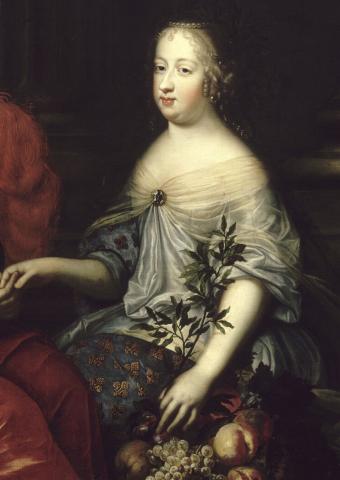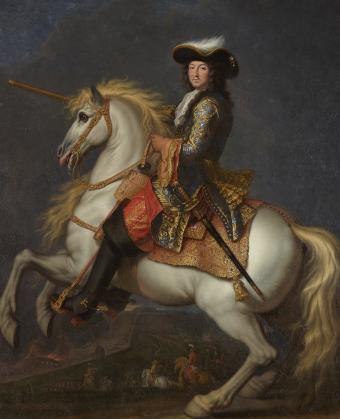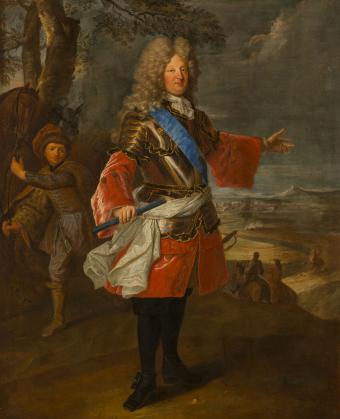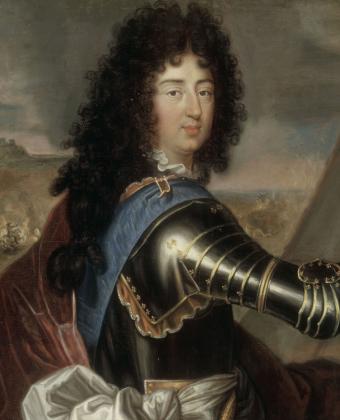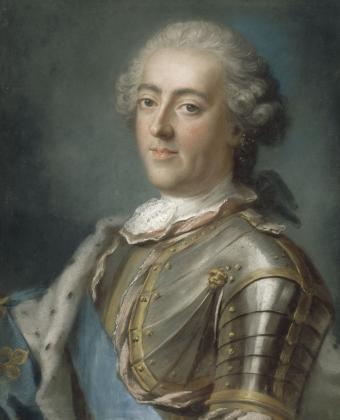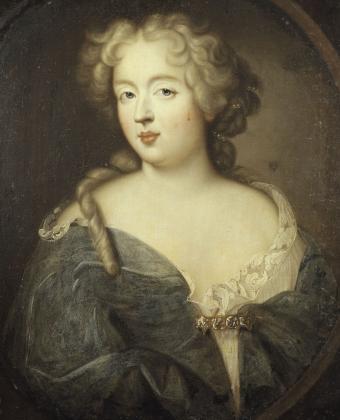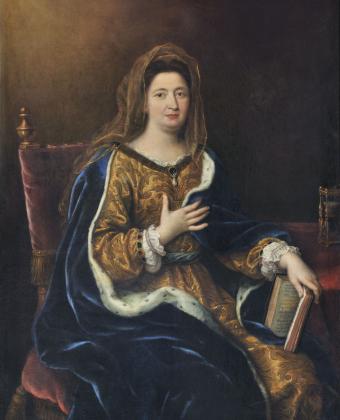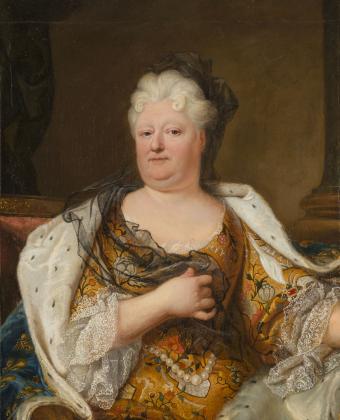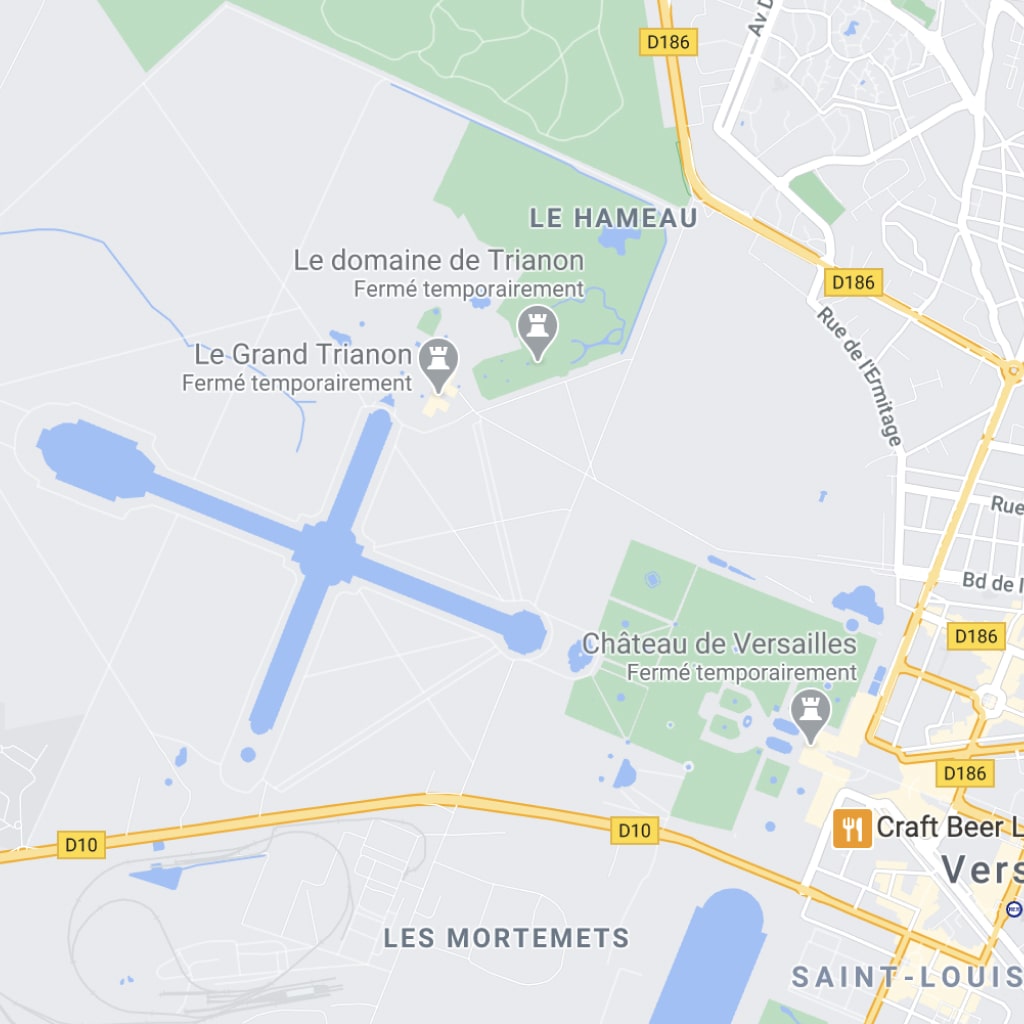Timid, patient, naive, sweet-natured and very pious, she kept her distance from the social whirlwind of the Court and had trouble learning French. She surrounded herself with Spanish ladies-in-waiting, but the death of her aunt and godmother Anne of Austria, in 1666, deprived her of a precious ally. A great admirer of her husband, she was hurt by his serial infidelity.
Maria Theresa of Austria placed great importance on her duties as a mother, collaborating with Bossuet to oversee the Dauphin’s education, as can be seen from their correspondence: “Do not accept anything, Dear Sir, in the behaviour of my son, which might offend the sanctity of the religion to which he belongs, or the majesty of the throne for which he is destined.”
Although Louis XIV appointed her as regent in 1672, during the Franco-Dutch War, she showed no natural inclination to pursue political ambitions. She accompanied the King on all of his official visits. In 1667 she travelled to the Spanish Netherlands, then in the grip of the War of Devolution, waged largely to defend her claim on the Spanish throne. But in 1683 she returned exhausted from a tour of Burgundy and Alsace. Back at Versailles she soon fell ill, and died suddenly from complications linked to an abscess. The King welcomed the news with a cold quip which demonstrated just how little he cared for his wife: “This is the first time she’s caused me any bother.”



